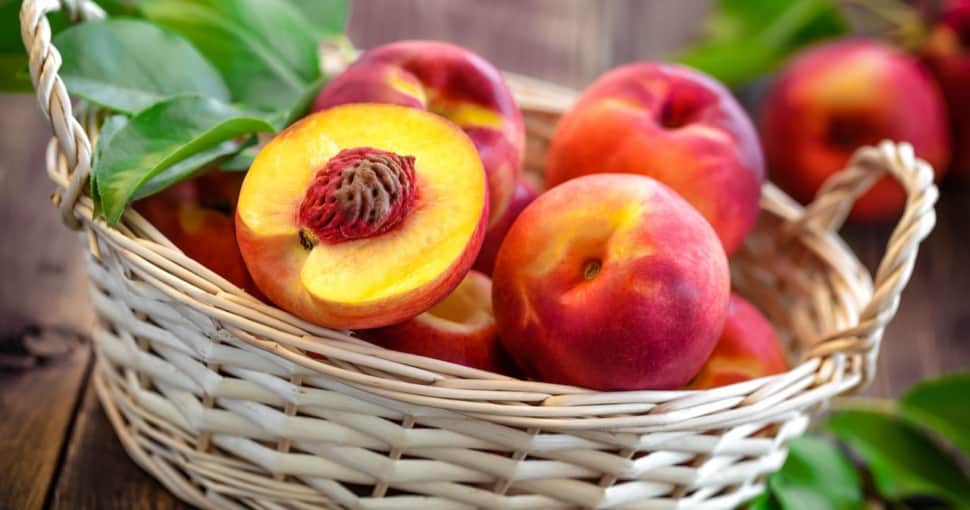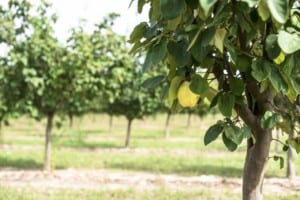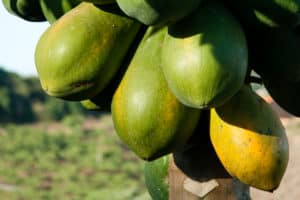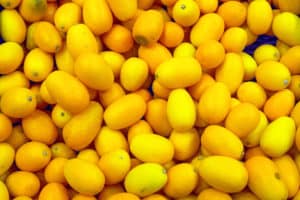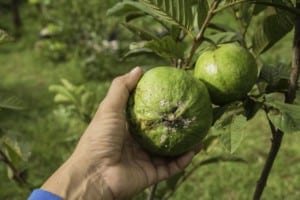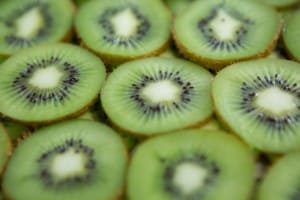Nectarines are another delicious fruit most of us have grown up enjoying. Nectarines, just one gene different from peaches, have a smooth skin and sweet flavor. Knowing when to harvest them is important because they will taste bland if you do it too soon. But when are Nectarines in season?
Contents
Nectarines are summer fruit and are in season and harvested between April and August. There are over fifty nectarine varieties, but they all share the same season and are of similar size and taste. Most of the world’s nectarines are cultivated in China and Spain.
When Are Nectarines In Season?
Nectarines are a summer fruit. Their juicy flesh and sweet taste make them the perfect treat on a hot summer’s day. Most of the world’s nectarines are harvested in China and Spain. However, California is the leading nectarine state in America. California houses 95% of the nectarines that are grown in America and are in season from April to August.
Nectarines originated in China between 2000 and 4000 B.C. They have since become a popular fruit in many countries, and there are now over fifty varieties of nectarines. Most of them look similar, but some varieties have white flesh and blush skin, and other varieties are slightly bigger.
Nectarines are very closely related to peaches. So close, in fact, that nectarines and peaches differ with just one gene. Peaches are also great fruit, but many people prefer the firmer flesh and smooth skin of the nectarine.
When Are Nectarines Ready For Harvest?
If you have a nectarine tree, you must know when the perfect time is to harvest your fruit. Nectarines can ripen off the tree and are primarily harvested before being 100% ripe. However, nectarines do not sweeten anymore once they have been picked. Therefore, if you pick your nectarines before they are ready, they will be bland.
To determine if your nectarines are ready to be harvested, you need to consider their color, firmness, and scent.
Nectarines should be fully colored before you harvest them. Most nectarines are yellow, with red blushes. The nectarine shouldn’t have any green parts because this would indicate the fruit is not yet ready for harvest.
When you touch your nectarines, they should be firm with a slight give. The nectarines will continue to soften once they have been picked. Nectarines bruise easily, so it’s best to handle them gently.
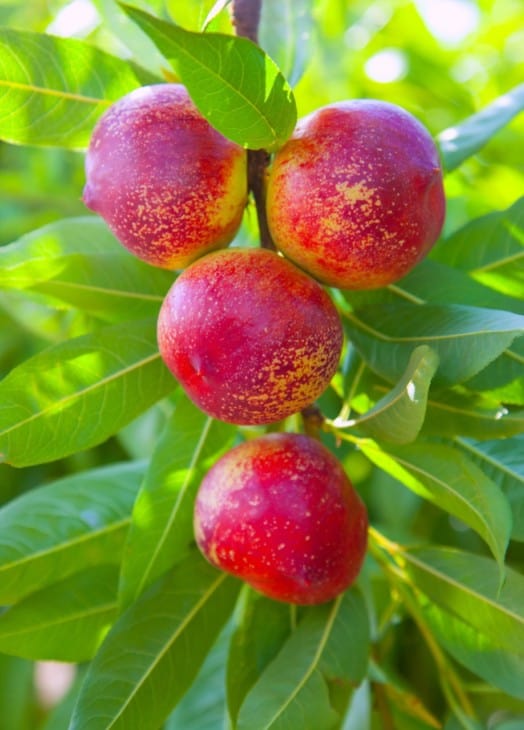
Another indication of the ripeness of a nectarine is its scent. When the nectarine is ready to be harvested, it will have a sweet, floral fragrance. Nectarines that are not yet ready for harvest will not have any scent.
When you harvest your nectarines, you should give them a slight twist. If they come off the tree easily, you can rest assured that they are ripe. However, if they struggle to come off the tree, it is a sign that they are not ready to be picked yet.
Pack your nectarines in a single layer in a carton or container and store them for a few days (one or two) at room temperature to soften. Then, ripe nectarines can be placed in the fridge.
Can You Eat The Peel Of A Nectarine?
Nectarine peels are edible and full of fiber. They are not hard or tough and can easily be eaten with the rest of the nectarine. Just be sure to wash your nectarines before eating them to remove any pesticides that can be on the peel.
Nectarines can be eaten whole or sliced. Nectarines have a large pit in the middle that cannot be eaten. There are two kinds of nectarines, loose pit nectarines, and cling-pit nectarines.
If you eat a loose pit nectarine, the flesh will come off the pit easily, as apricots do. However, if you eat a cling-pit nectarine, the flesh will stick to the nectarine. Both types of nectarines are delicious, and it is sometimes hard to tell which kind of nectarine you have until you start eating it.
Nectarine pits can be added to compost. They are also crushed and added to body scrubs and various exfoliating products.
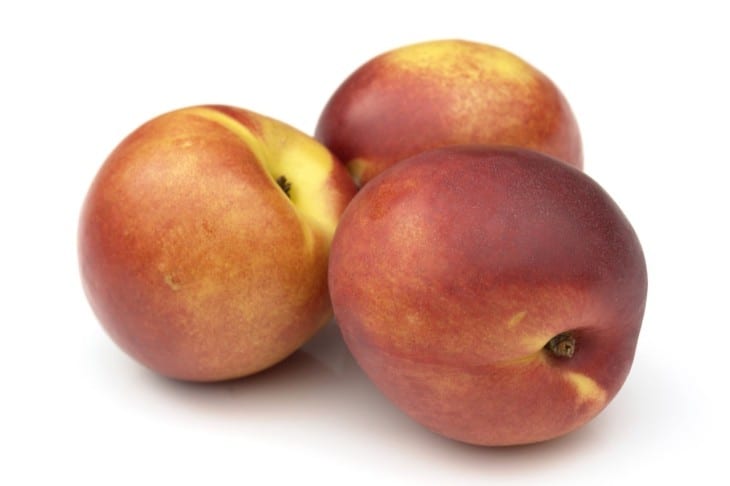
What Do You Do With Bland Nectarines?
Unfortunately, nectarines that have been harvested too early do not have sufficient sugar content and will taste bland. If you accidentally harvested your peaches too early, you could use them in the following ways:
- Preserve your nectarines by boiling them in a simple syrup and then placing them in an airtight jar. The sugar from the syrup will help to sweeten the nectarines.
- Bake the nectarines in the oven with some honey or sugar, cinnamon, and perhaps some lemon juice. Serve the nectarines with fresh cream.
- Cut the nectarines in slices and make candied nectarines by placing them in a toffee mixture and then leaving them to harden.
All these methods use sugar to sweeten the nectarines. Although your nectarines will taste sweet, they will not taste the same as when the nectarines have been left to sweeten on the tree naturally. However, these methods can improve the taste of bland nectarines and avoid wastage.
Can You Store Nectarines For A Long Time?
One nectarine tree can produce between 75 and 200 fruit, depending on the size of the tree and how it was cared for. This is a lot of nectarines, and you may not be able to use them all before they go bad. However, if you are worried that some nectarines will spoil, you can store them.
Nectarines can be left in the refrigerator if they are not yet ripe. It is best to store your nectarines in the refrigerator and take them out to ripen as you need them. Ripe nectarines will only last for three to five days in the refrigerator.
You can also freeze ripe nectarines. First, cut your nectarines into slices, remove the pits, place them on a baking tray and freeze until solid. Then, when they are partially frozen, you can place the frozen nectarines in a plastic bag and store them in the freezer for twelve months. Frozen nectarines work great as a garnish for drinks or in smoothies.
You can also dry your nectarines to preserve them. To dry nectarines, firstly cut and peel them. Nectarines can then be dehydrated in a dehydrator or oven at 140°F until they are leathery and pliable. Turn your nectarines every few hours while drying them.

